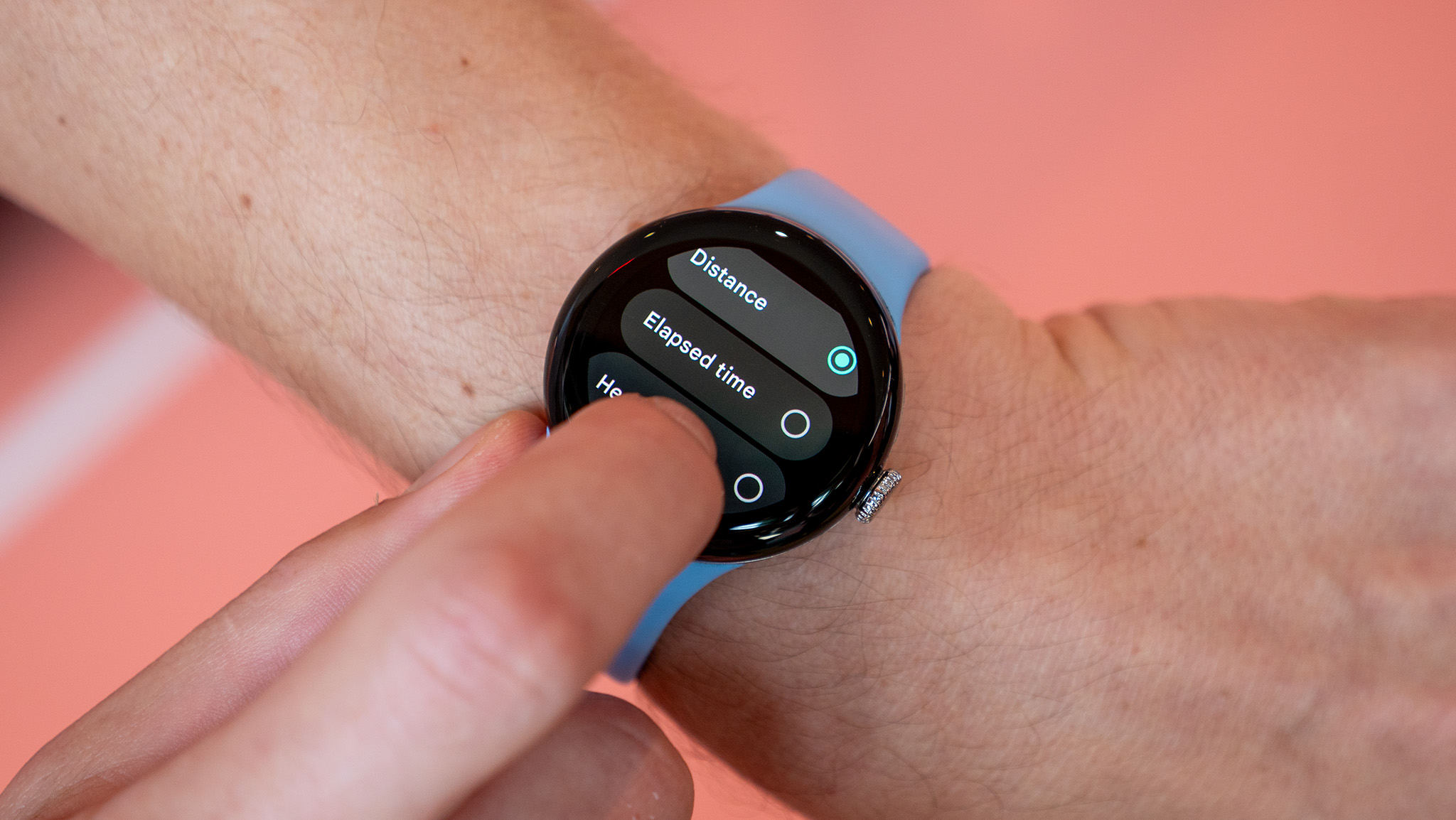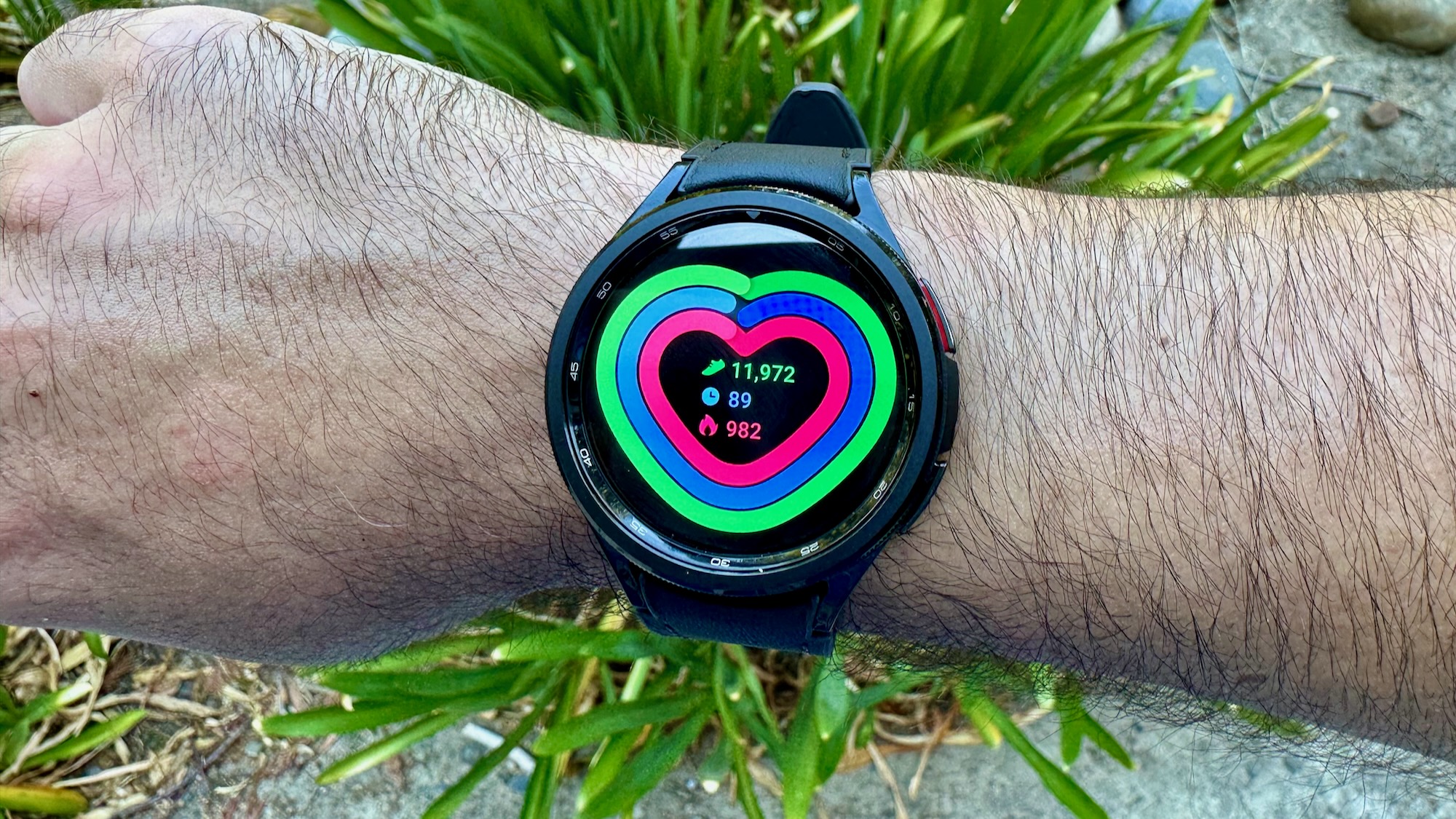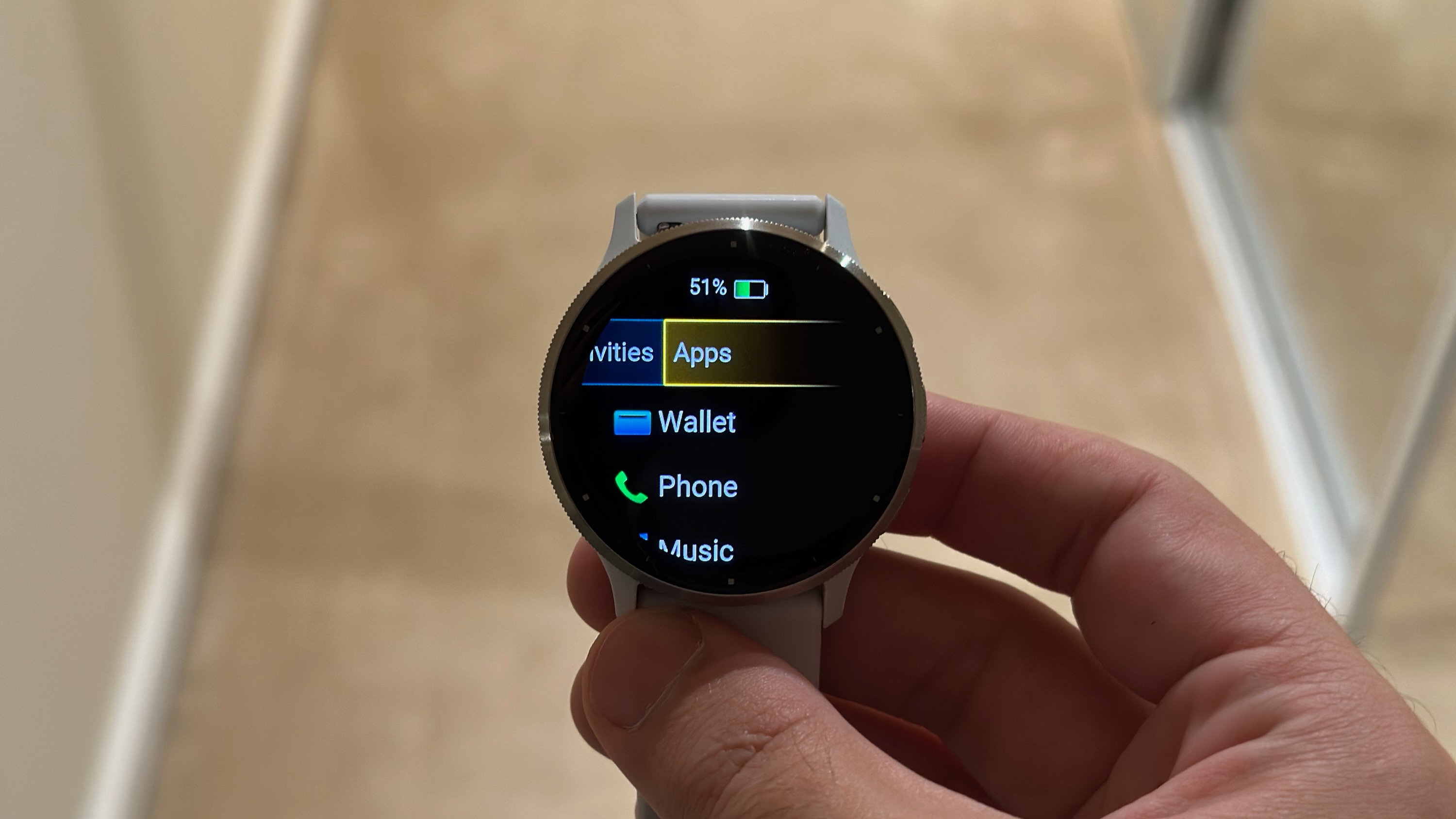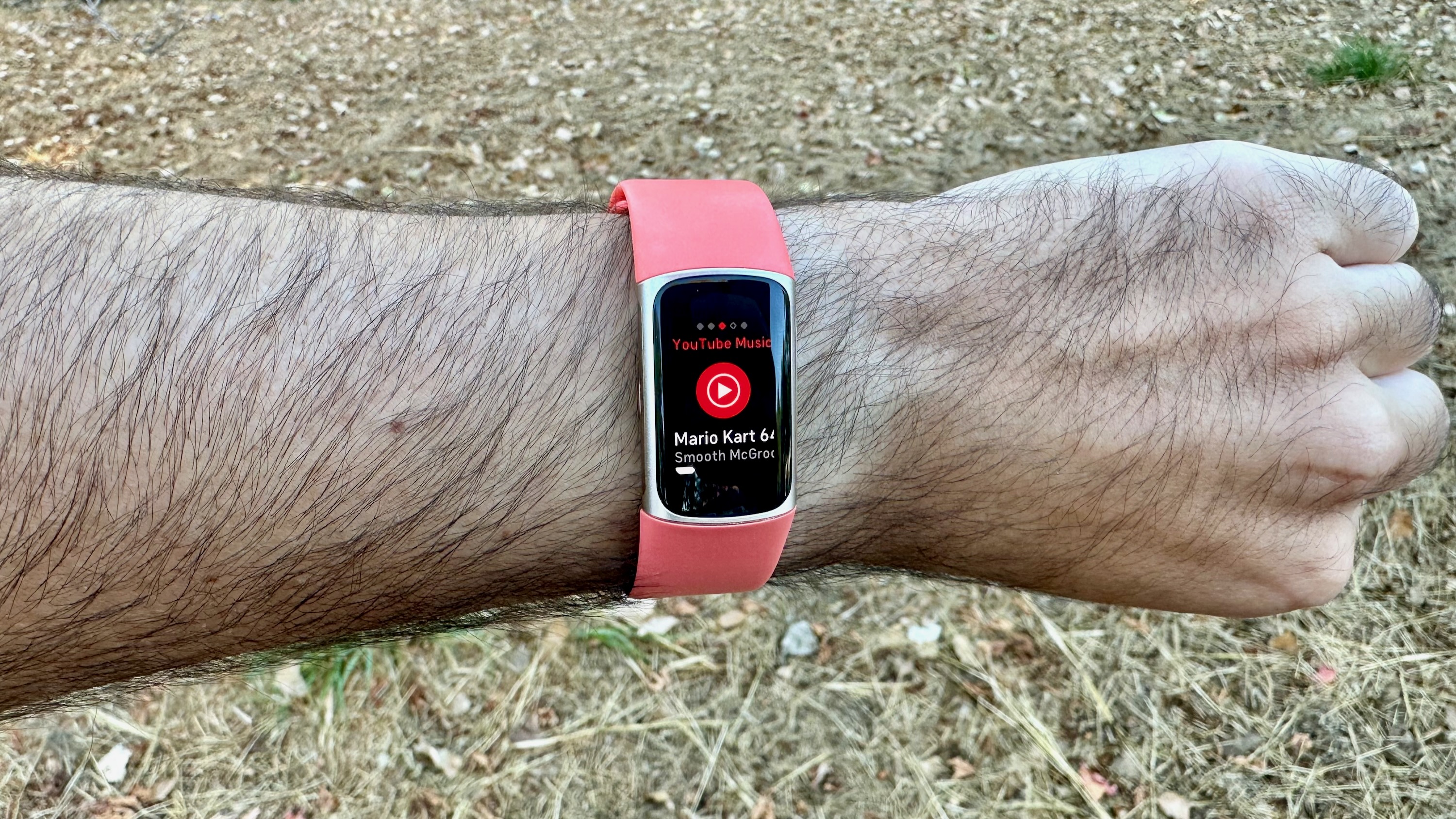

In his weekly column, our Senior Editor of Wearables and Fitness Michael Hicks discusses the world of smartwatches, apps, and fitness tech related to running and health, in his quest to get faster and more fit (and help you do the same).
As someone who reviews both smartwatches and specialized fitness watches, it's nigh-impossible to find one that succeeds at performance, UI, health data, and fitness tracking all at once. Fitness wearables can't compete for apps and phone connectivity, while smartwatches don't offer proper training guidance and run out of battery far too quickly.
My time as wearables editor in 2023 showed me one clear trend across all the major brands on both sides of the industry: smartwatches want to become fitness trackers, fitness watches want to become smartwatches, and they're all rushing to be the first to reach the center... for better or worse.
Google brute-forced its way to the right balance this year by buying Fitbit and shoving all of its high-end sensors and fitness recommendations into the Pixel Watch 2. You get fast performance and all the apps that a fitness watch could never support, but also recommendations for how hard to work out that day based on your fitness level and fatigue.

The main issue is that you have to pay for Premium to get these insights, and the Fitbit brand has lost some of its luster in the past couple of years. That's left the door wide open for competitors to shoot their shot.
The Apple Watch Ultra 2 is another watch trying to strike that smarts/fitness balance. It may be too expensive for everyday users, and its fitness software isn't quite robust enough for professional athletes. But the watchOS 9 and 10 releases clearly targeted runners, cyclists, hikers, and divers, while Apple Fitness Plus has a lock on at-home exercise.
It's fascinating to see how Apple appears close to a fitness breakthrough that'll appeal to serious athletes while simultaneously failing to combat its major weak point — the Series 9's 18-hour battery — that will turn off those same athletes. I love to see this fitness push, while also wondering if the company is wasting its time by courting fitness fans.

Samsung, meanwhile, finally started playing catch-up on fitness with the Galaxy Watch 6, adding customized heart rate zones for VO2 Max, fall detection, and other fitness tools while still leading the way in health sensor data with its body composition readings and blood pressure.
With the rumored launches of the Galaxy Fit 3 and Galaxy Ring next year, it's clear that Samsung has a serious interest in profiting off of the rich fitness-tracking market. It has the brand recognition to succeed, but Samsung has a long way to go to make its fitness software stand out on its own merits.
As for other Wear OS watches, it's clear they've recognized that Google is doing its own thing and so must make their own fitness efforts. Case in point, with the 2023 Mobvoi TicWatch Pro 5, you get 100 sports modes, VO2 Max data, and even recovery time recommendations based on how hard you worked out. Only niche brands like Garmin and COROS have typically told you how long to rest, so seeing it on a traditional smartwatch was a welcome surprise.

On the dedicated fitness watch side, more and more watches have started offering AMOLED displays instead of the dull, battery-saving MIPs we've seen for years. Tiny fitness trackers have used AMOLEDs for years, but fitness watches with built-in GPS couldn't use them without sacrificing battery; now, they get the weeks of battery life we'd expect.
We're also seeing the limits of what a fitness watch can do to target mainstream users.
Look at the Garmin Venu 3. After years of an obtuse UI and limited health sensors, Garmin met athletes halfway with its thin-bordered AMOLED, Bluetooth calling, a UI switch to make its "apps" as visible as its sports modes, ECG and skin temperature sensors to match with competing brands, and a Sleep Coach. It easily claimed the top spot for our favorite fitness-focused smartwatch.
At the same time, some of its other new smarts, like a QWERTY keyboard and images in notifications, only work for Android users. And it certainly can't offer apps, only very specific third-party features like Strava Live Segments.
Garmin can keep going down this path, but it knows half or more of its customers use iPhones that block third-party brands from accessing certain smartwatch features, which limits the incentive to try.

Then you have this year's Fitbit Charge 6, which essentially kept the same design and tech as the Charge 5 while adding a bunch of Google apps. The brand has been losing market share in recent years, and its response is essentially to throw Google Maps and YouTube Music at its customers instead of focusing on the fitness side of things.
What's fascinating is if you look at recent wearable sales reports from IDC or Counterpoint, you'll find brands like Imagine Marketing (boAt), Noise, and Xiaomi claiming the top spots by selling $50 trackers that are getting smarter by the day but still focus more on health and fitness. Fitbit's nowhere on that list.
Looking back on this year, I find myself in a bit of a contradictory headspace, where I'm excited by all of these fitness developments, but I also don't know if it'll amount to anything.
I wanted Samsung, Apple, and the other mainstream smartwatch brands to pay more attention to fitness, and 2023 saw them do just that! But with them having to prioritize so many different moving parts, they may always be playing catch-up to "dumber" fitness watches that keep adding new training tools in the interim.
On the fitness side, I'm delighted to see them put more of an effort into features that mainstream watches have had for years. However, I don't think they'll ever close the gap: Apple's interference aside, brands like Garmin will always focus on battery life and a lightweight design over "smarts;" even if some of their loyal customers would appreciate third-party apps, they appreciate battery life and lightweight designs more.
As Anshel Sag, Principal Analyst at Moor Insights & Strategy, told me when looking at 2023's sales numbers, "fitness trackers are becoming more popular because some people just want to focus on the health aspect...rather than trying to add every imaginable feature into something like a smartwatch."
So, will smartwatches' fitness efforts or fitness watches' IQ upgrades amount to anything, or just dilute what made them popular with their respective audiences? Only time will tell, but I'm starting to suspect it might be the latter.







